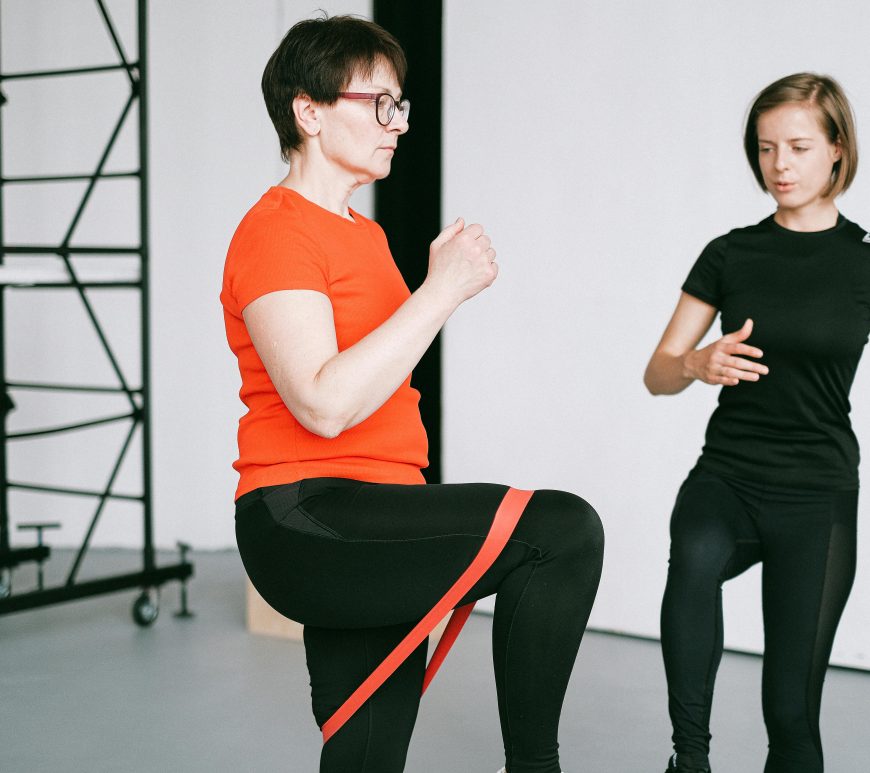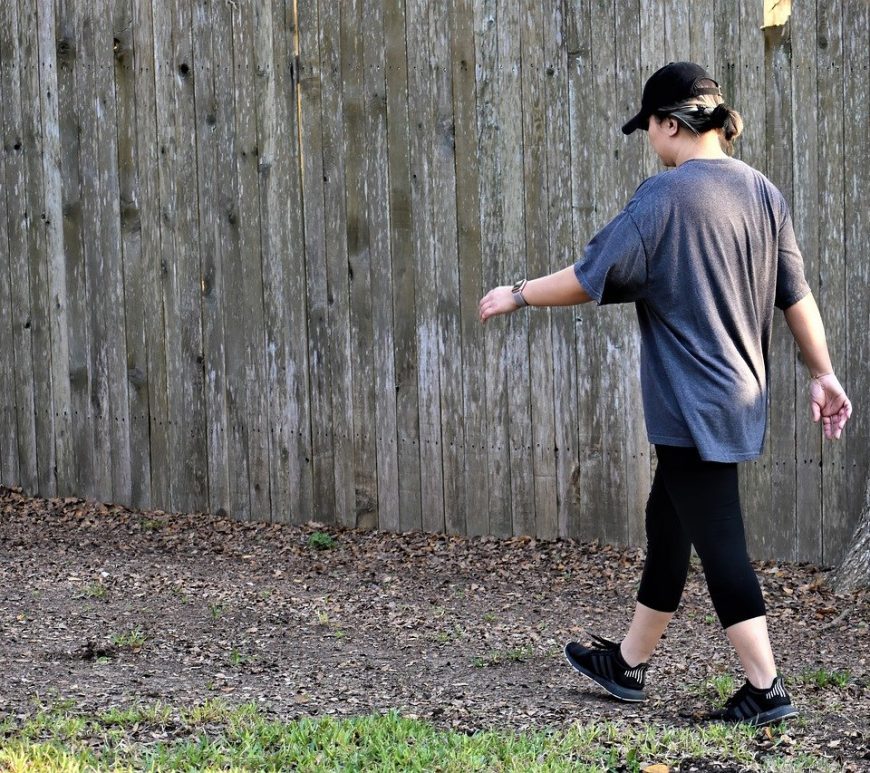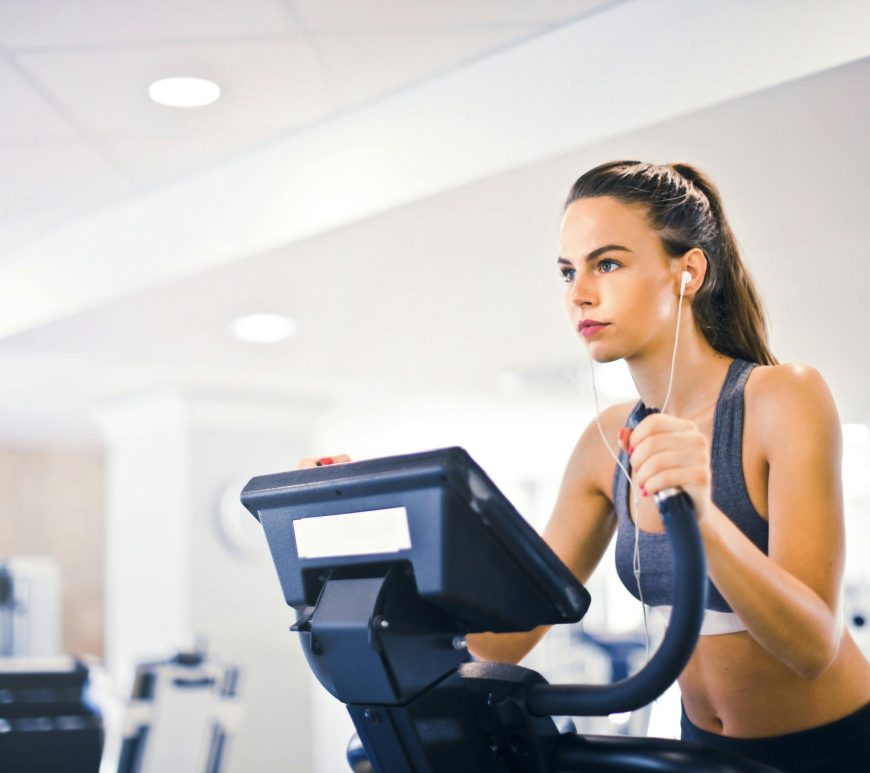
What are the benefits of supervised exercise on bone density in postmenopausal women?
A recent randomized controlled trial led by researchers Hande Basat, Sina Esmaeilzadeh, and Nurten Eskiyurt has demonstrated promising benefits of exercise on bone health and quality of life in postmenopausal women. The study, spanning six months, investigated the impact of strengthening and high-impact exercises on bone mineral density (BMD), bone turnover markers, and health-related quality of life (HRQoL) in postmenopausal women with osteopenia. The study … Continue reading What are the benefits of supervised exercise on bone density in postmenopausal women?



